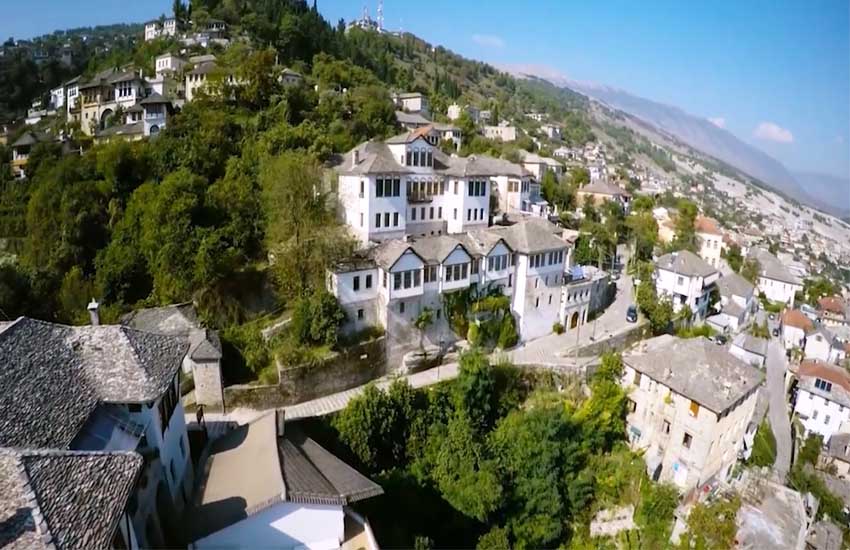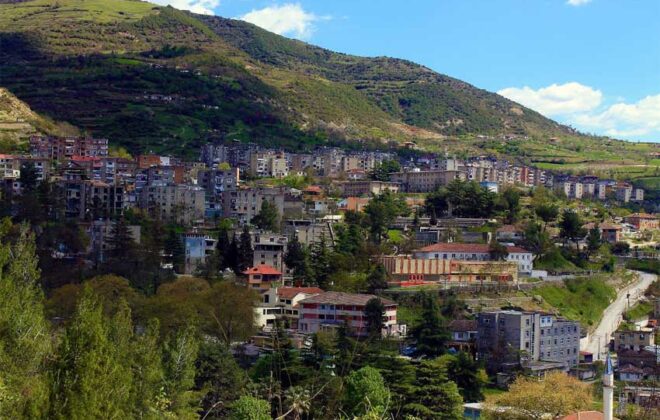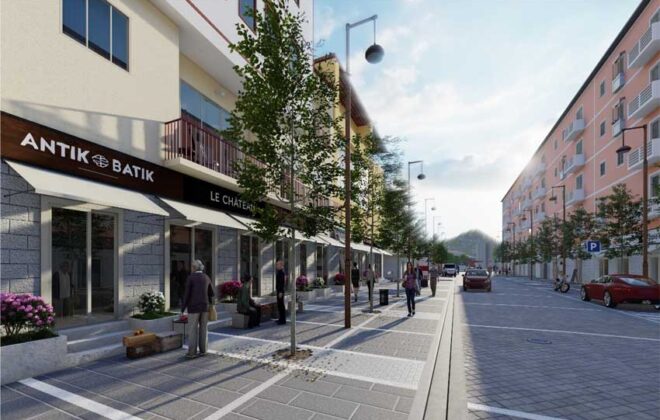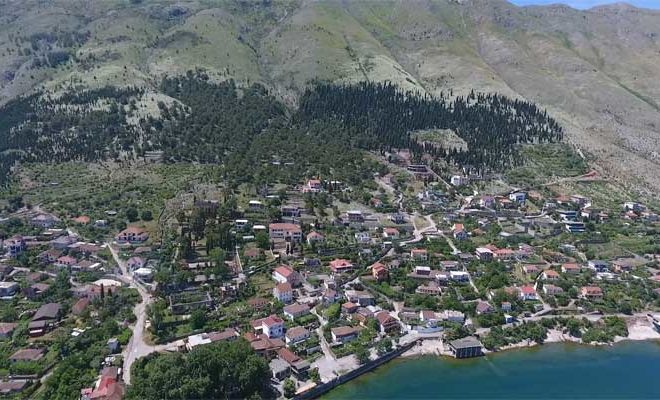Reconstruction of the Museums System in Gjirokastra
Currently, 40% of work is completed
Gjirokastra, is differently known as the ‘stone city of a thousand stairs’ in the south of Albania, and stands out for the castle, cobblestone roads, stone walls and roofs, wooden balconies, which create a unique architecture. As a museum city with rich cultural heritage, Gjirokastra is part of the UNESCO World Heritage and is visited by about 80 thousand local and foreign visitors annually.
The Albanian Development Fund financed by the World Bank and the Albanian Government, is currently restoring 4 object investments, combining the symbiosis of the old with the new in the preservation of historical features. Since the buildings have been depreciated over the years, the interventions consist on restoration / construction of cobblestones, restoration / consolidation of the side walls, aesthetic lighting, etc.
Currently, the restoration of cobblestones in ‘Sado Meleqi’ street and ‘Ramadan Mane’ street is proceeding. For the latter, it is worked in parallel for the restauration of stone walls. Meanwhile, in the ‘Ismail Kadare’ museum, the work has been completed in some areas such as the extension of lighting networks, internet, fire protection, cameras, heating, etc.
The project also includes the Ethnographic Museum, where the work is in progress for plastering, skating of stone walls, restoration and roof reconstruction.
“"At the Ethnographic Museum, it is already completed 40% of the work. Considering the project, there are also placed parts of the tablets with writings by Edward Lear, which will be part of the squares, including the whole itinerary of Edward Lear ",- highlights during a field inspection the Minister of Culture, Mrs. Elva Margariti.
As an important administrative, economic and cultural center, the project aims to preserve the values of historical sites, because they are attractions always in even more coveted in the service of tourists.





